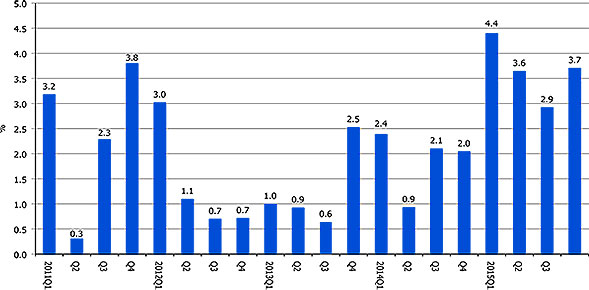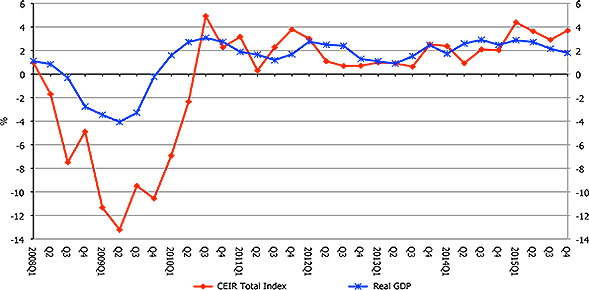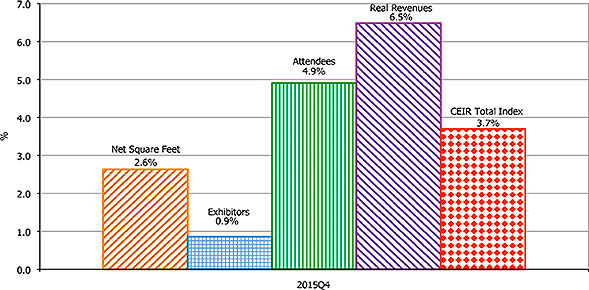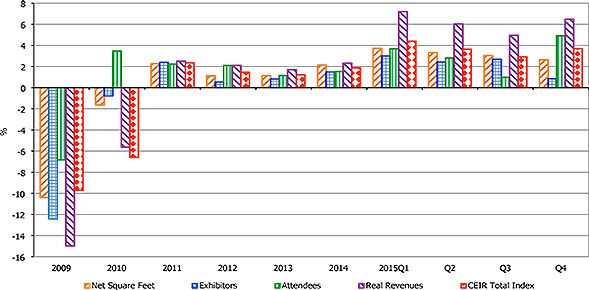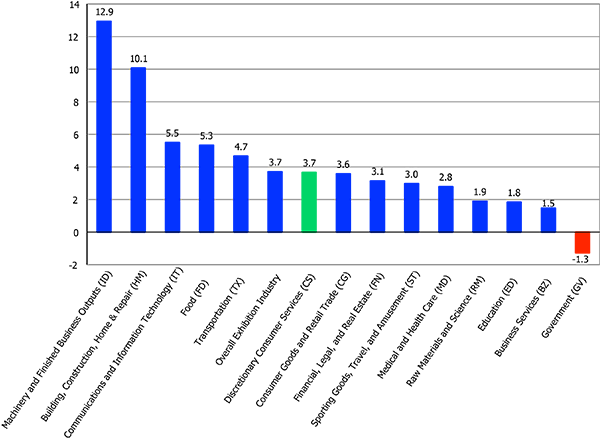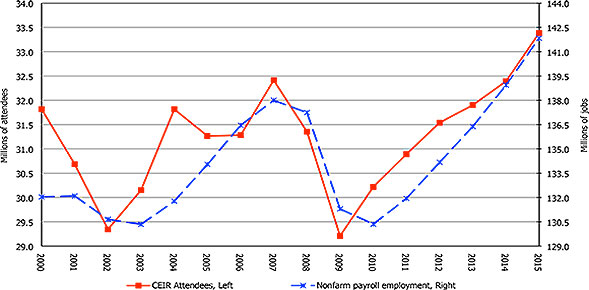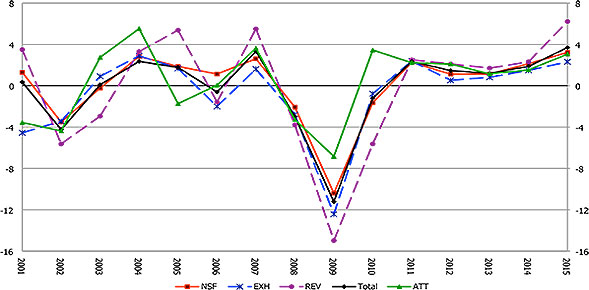Finance Minister of India, Arun Jaitley tabled the Union Budget 2016 and the Finance Bill. Here is what the travel industry leaders had to share post the budget session.
Sharat Dhall, President, Yatra.com says, “The much awaited budget has turned out to be very friendly for the Aam-Aadmi but there could have been a bit more in it for the corporate sector. The proposal to increase the tax on ATF will result in increase in airfares and dampen air passenger growth which could have been a catalyst for economic growth. However, the focus on revamping roads and airports across the country is a positive move that should provide a fillip to infrastructure and the tourism sector as it will enhance connectivity to the smaller cities and encourage people to travel to unexplored destinations. Liberalisation in public transport and the government’s plea for private investors to contribute in refurbishing highways is also expected to create a positive ripple in the travel industry.”
“This budget has specifically focussed on infrastructure across the country with a huge outlay for roads & highways, railways and reviving the unserved and underserved airports and airstrips in the country. The government realises that as the global economy wavers, domestic demand will be the key to tourism growth, especially to untapped regions like the North-east. We see a specific focus on enhancing regional and last mile connectivity with sops for starts-ups and innovation in the passenger transport segment. In fact, increased regional connectivity will also give a fillip to outbound tourism from Tier II and III cities due to higher accessibility. The government is adopting measures from some of the thriving global tourist destinations, where-in public transport is critical not only for daily commuters but also the backbone for tourist traffic. Strengthening the infrastructure across levels will definitely strengthen India as an attractive tourist destination in the global ranks.”
Samarjeet Singh, CEO and Founder, Iksula Services Pvt. Ltd. also commented on post budget discussion.
He said,” The Union Budget 2016 unveiled by Honourable Minister Arun Jaitley is a mixed bag for the retail/eCommerce sector. The biggest move was the allowance of 100% FDI in multi-brand retail for food products. Having worked with Tesco (the only foreign multi-brand retail firm in India), we’re confident this new policy will create new opportunities in the retail industry, particularly the eRetail space. However, major policy announcements for the eCommerce space and the GST clarity were missing. Having said that, the Budget will be lauded for having a clear focus on developing the rural sector, which will contribute to a healthier economy in the long-run”said Samarjeet Singh, CEO and Founder, Iksula Services Pvt. Ltd.
Continuing on the reform agenda, Union Budget 2016 is built on sharp forward-looking themes towards achieving economic growth. I expect a positive impact of various initiatives announced on the tourism & hospitality sector.
Significant investment allocation of Rs. 97,000 crore to expedite expansion of highways & rural roads will be one of the strongest boosts to our economy and thereby facilitate rapid growth of the tourism sector. Significant funds allocated in Rail Budget in improving passenger amenities, technology enabled travel, catering and overall customer experience enhancement initiatives will boost passenger growth. Cruise tourism is also expected to be augments, though at a slower pace, once Sagarmala is under implementation.
Development of under-served airports and airstrips will facilitate deeper connectivity has the potential to augment passengers traffic including tourists. Enabling a seamless ecosystem for road travel for passenger across states has been a long-standing ask and will reinforce public transport, provided relevant states quickly agree to a common framework. Proposed simplification of customs procedure for international passengers’, in addition to already-existing e-visa for several countries, is expected to result in faster achievement of international travellers. Tourism sector is among the highest employment generation and skill development and rural development steps announced will benefit the sector over a longer period of time. Besides, overall initiatives announced for rural & social sectors, investments in physical infrastructure, job creation, tax reforms, technology reforms, and enhancements in Ease of Doing Business will have a positive impact on the tourism & hospitality sector.”



















